Archives
- 2025-12
- 2025-11
- 2025-10
- 2025-09
- 2025-03
- 2025-02
- 2025-01
- 2024-12
- 2024-11
- 2024-10
- 2024-09
- 2024-08
- 2024-07
- 2024-06
- 2024-05
- 2024-04
- 2024-03
- 2024-02
- 2024-01
- 2023-12
- 2023-11
- 2023-10
- 2023-09
- 2023-08
- 2023-06
- 2023-05
- 2023-04
- 2023-03
- 2023-02
- 2023-01
- 2022-12
- 2022-11
- 2022-10
- 2022-09
- 2022-08
- 2022-07
- 2022-06
- 2022-05
- 2022-04
- 2022-03
- 2022-02
- 2022-01
- 2021-12
- 2021-11
- 2021-10
- 2021-09
- 2021-08
- 2021-07
- 2021-06
- 2021-05
- 2021-04
- 2021-03
- 2021-02
- 2021-01
- 2020-12
- 2020-11
- 2020-10
- 2020-09
- 2020-08
- 2020-07
- 2020-06
- 2020-05
- 2020-04
- 2020-03
- 2020-02
- 2020-01
- 2019-12
- 2019-11
- 2019-10
- 2019-09
- 2019-08
- 2019-07
- 2018-07
-
On the basis of the
2025-01-21
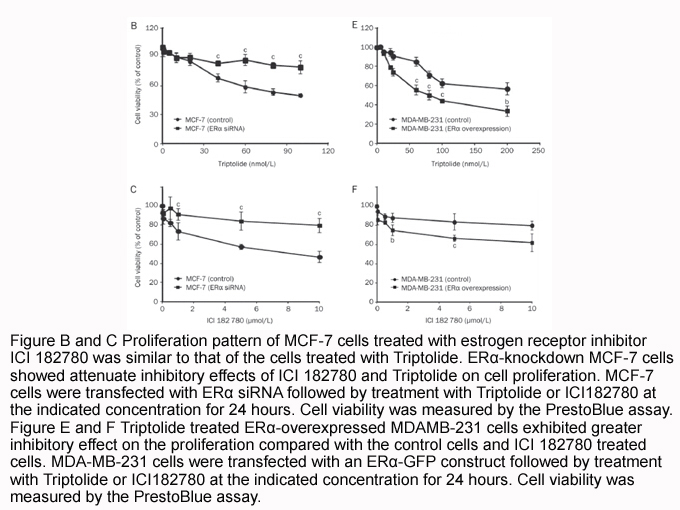
On the basis of the above information, we designed a new series of benzothiazole–piperazine derivatives (–) that have the aforementioned structural requirements (). Benzothiazole is an important ring system in the drug discovery studies of AD. There are several benzothiazole compounds that show pote
-
br STAR Methods br Author Contributions br Acknowledgments W
2025-01-21
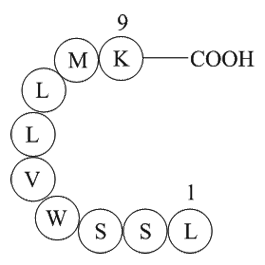
STAR★Methods Author Contributions Acknowledgments We thank Antony M. Dean for initial discussions and encouragement concerning ancestral sequence reconstruction. We also thank Natalie K. Goto for constructive criticism concerning the manuscript, Steven M. Sine for providing CCG-1423 recept
-
Western blot results showed that
2025-01-21
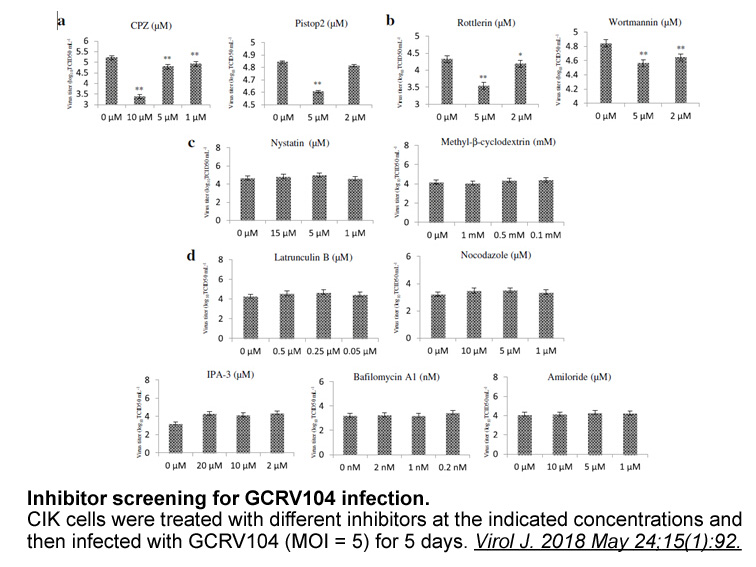
Western blot results showed that the expressions of SOCS1 and SOCS3 significantly increased after administration of rGas6 24h after MCAO (Fig. 7A–C p Discussion After ischemic stroke, inflammation has been shown to be an important secondary injury mediator in patients, as well as in animals (Herz
-
There is a delicate balance between ROS generation and scave
2025-01-20
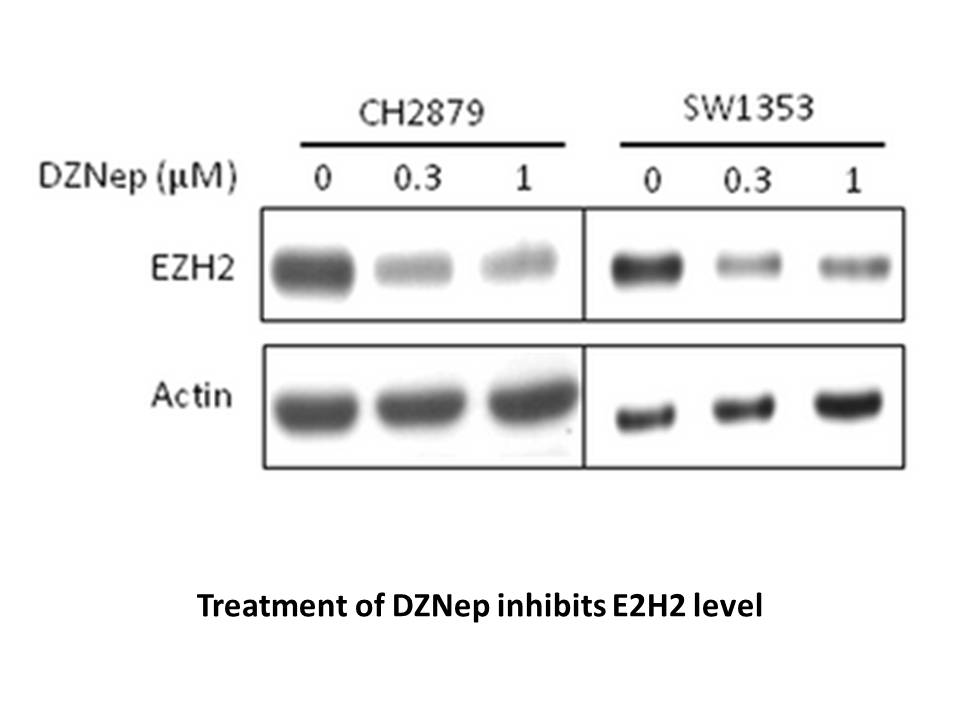
There is a delicate balance between ROS generation and scavenging by the protective antioxidant defenses in the cell. Antioxidant systems present in the eph receptor include enzymes like superoxide dismutase (SOD), catalases, glutathione peroxidases (GPxs) and peroxiredoxins (PRxs) (Fig. 3) [38]. SO
-
In glucose stimulated pancreatic cells B Raf activity is inc
2025-01-20

In glucose-stimulated pancreatic β-cells, B-Raf activity is increased, while Raf-1 activity is under the detection limit (Duan and Cobb, 2010). Thus, B-Raf is the primary protein kinase involved in the rapid activation of ERK1/2 in glucose-treated pancreatic β-cells. Expression of a dominant-negativ
-
Previous research showed that combination of
2025-01-20
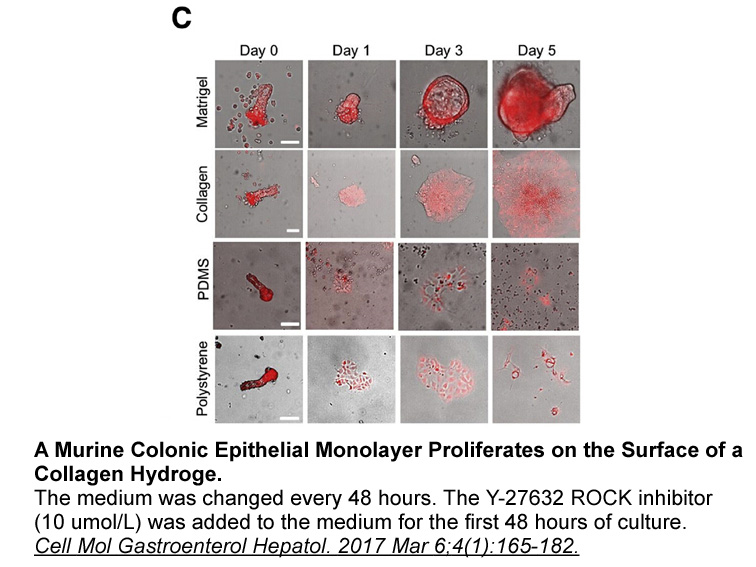
Previous research showed that combination of chitosan and telomerase inhibitors nanocrystals (CNCs) can produce coating films with superior properties (Naseri, Mathew, Girandon, Fröhlich, & Oksman, 2015). CNCs are crystalline nanometer sized rod-like particles. It has been demonstrated that antimicr
-
The evaluation of serum electrolytes e g sodium
2025-01-20
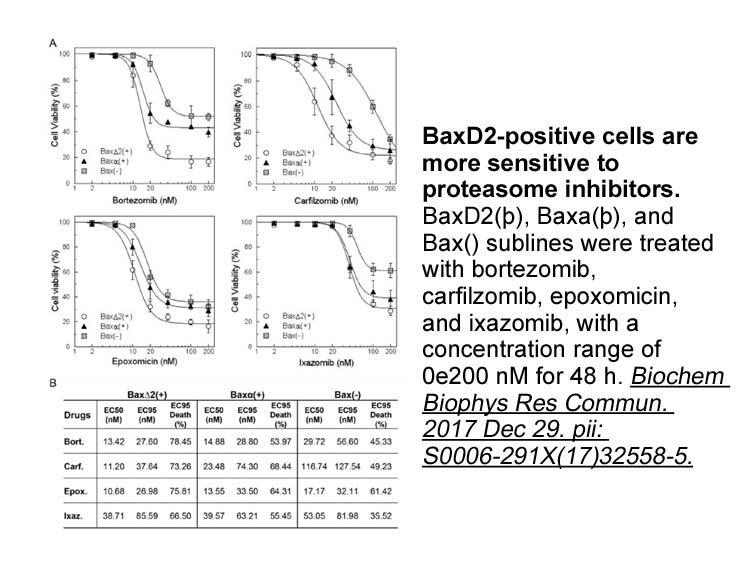
The evaluation of serum electrolytes (e.g.: sodium, potassium, urea, creatinine, and uric acid), liver transaminases, blood counts (e.g. identification of thrombocytopenia, and bilirubin), 24-h urine (in order to monitor proteinuria), and heart rate and lung function of the mother should be performe
-
Mitochondrial membrane potential detection Consistent with t
2025-01-20
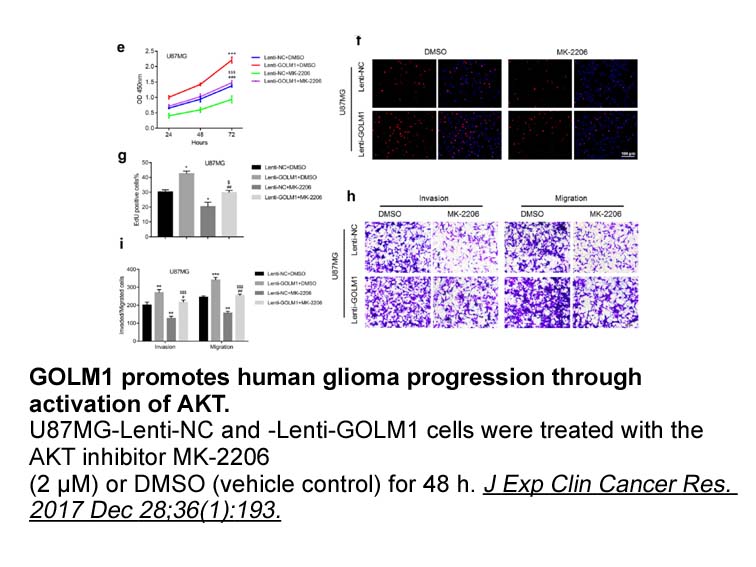
Consistent with the in vitro results, memantine ameliorated Aβ-induced cytotoxicity in rat primary cortical cultures. Studies reported that memantine protected neurons against the damage caused by aggregated Aβ40 or Aβ42 oligomers in vivo[26], [27]. These results suggest that, in addition to its ne
-
Although our sample size is not enough to conclude that
2025-01-20
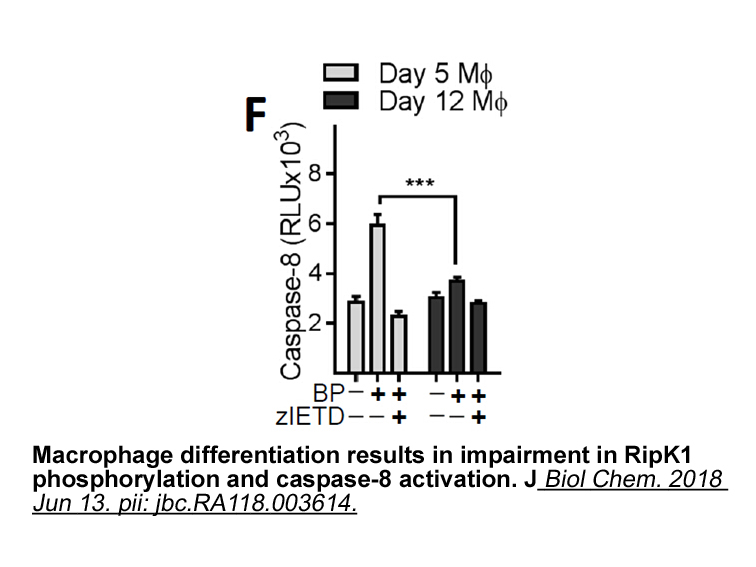
Although our sample size is not enough to conclude that there is no great genetic variation of the AR gene in most New World monkeys, it would be reasonable to state that the microsatellite region in the exon 1 of the androgen receptor gene of New World monkeys (platyrrhine) is relatively shorter th
-
br AR signaling and urothelial cancer progression As shown i
2025-01-20
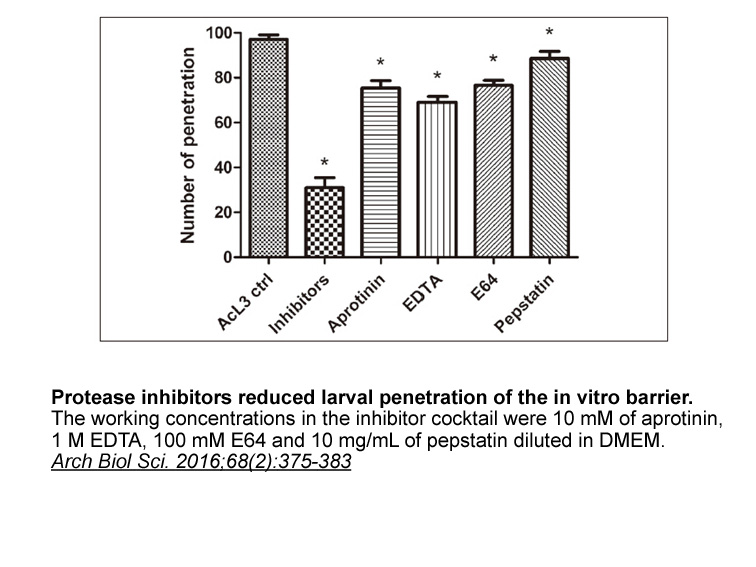
AR signaling and urothelial cancer progression As shown in other types of malignancies, such as prostate cancer cells, it has been documented that androgens induce AR expression and its nuclear translocation as well as ARE promoter activity in urothelial cancer cells (Chen et al., 2003, Izumi et
-
Critically we found that pre treatment with A monomer prepar
2025-01-20
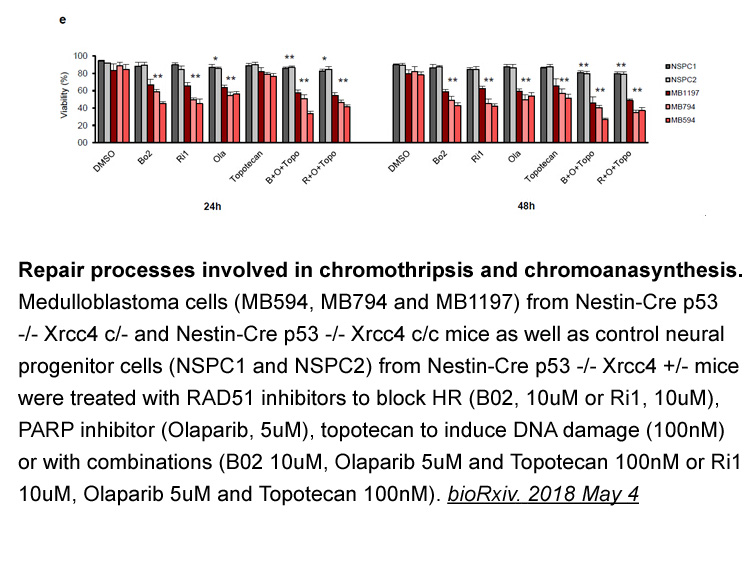
Critically we found that pre-treatment with Aβ monomer preparations prevented the Aβ oligomer-induced aggregation of PrPC. These preparations contain a mixture of Aβ species and consequently it was not possible to identify the precise form of Aβ that is responsible for this effect. It is possible th
-
br Materials and method br Result
2025-01-20

Materials and method Result and discussion Conclusion Acknowledgments This work is partly supported by the University Research Committee (URC) of the Senate of The Federal University of Technology, Akure. The authors thanked IFS for the funds (F/4449 1F and F/4449-2F) used to purchase th
-
br Conflict of interest statement br Acknowledgements
2025-01-20
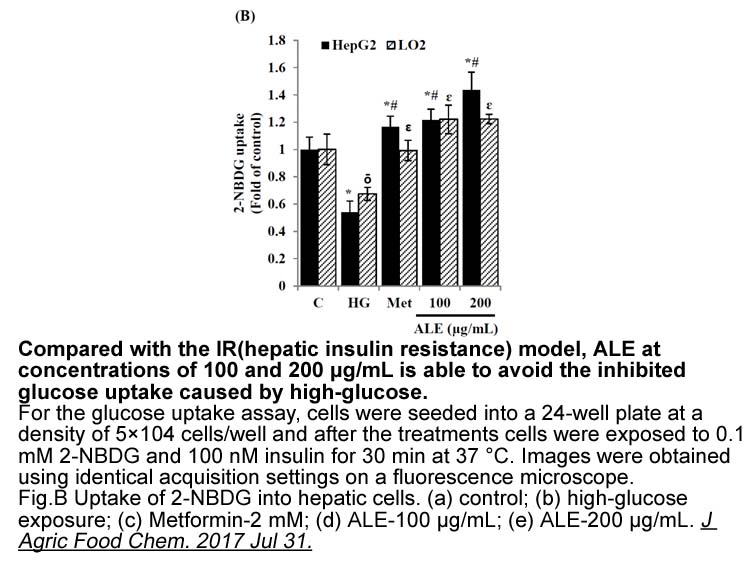
Conflict of interest statement Acknowledgements We are very grateful to Maura Agate for her excellent editorial assistance. The work reported in this article was supported largely by the Italian MIUR. Introduction Atenolol is a selective β1-adrenergic receptor blocker that is orally effect
-
flavin adenine dinucleotide fad Role of APPL in endosomal si
2025-01-20
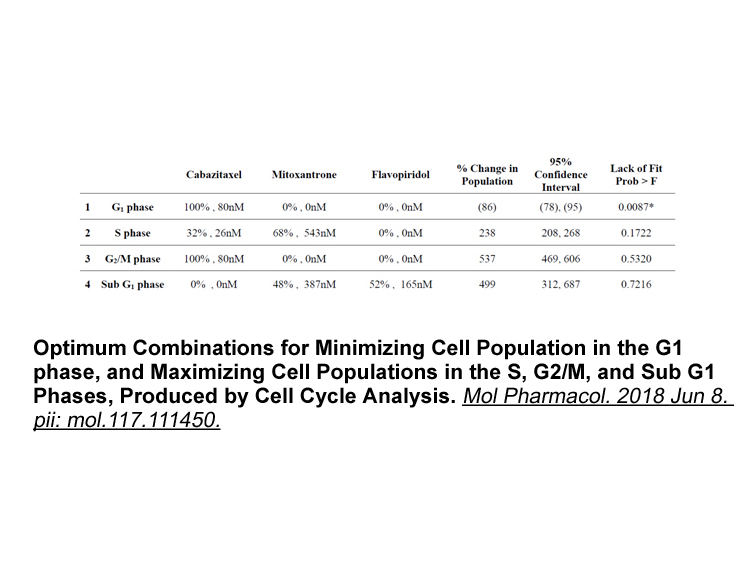
Role of APPL in endosomal signaling pathways Endosomes consist of distinct membrane subdomains within individual organelles and assist in the translation of extracellular stimuli via cytoplasmic transduction cascades to the nucleus [3], [74]. Endosomal abnormalities are associated with the pathogen
-
br Introduction Nausea and vomiting are among the most
2025-01-20
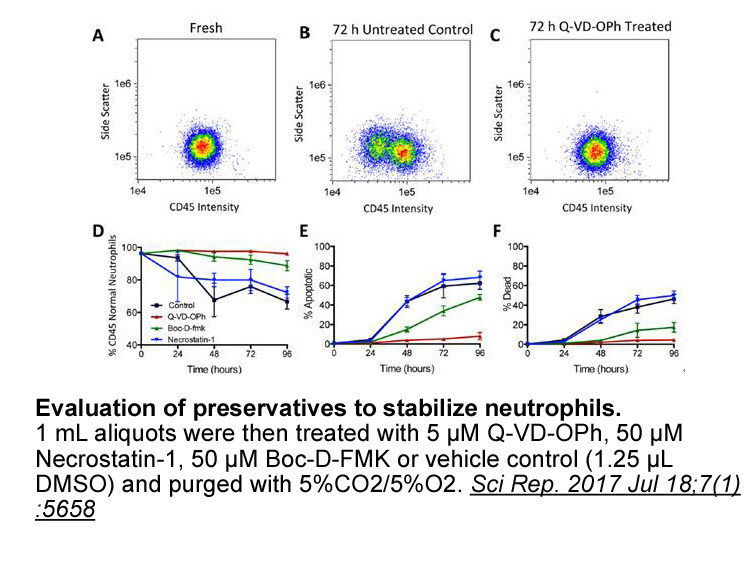
Introduction Nausea and vomiting are among the most distressing side effects associated with chemotherapy in cancer patients (Billio et al., 2010). Severe emesis can negatively affect a patient's nutritional state, ability to work and motivation, which can, in turn, interfere with the clinical co
14468 records 27/965 page Previous Next First page 上5页 2627282930 下5页 Last page